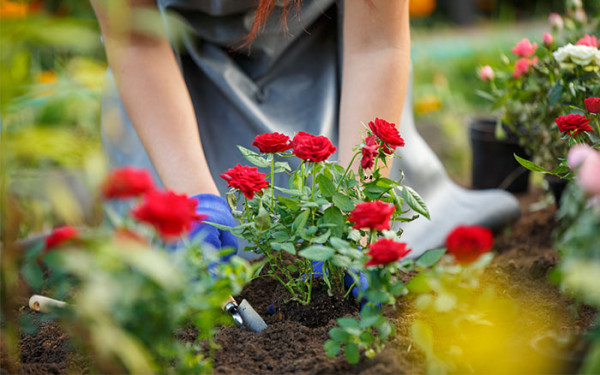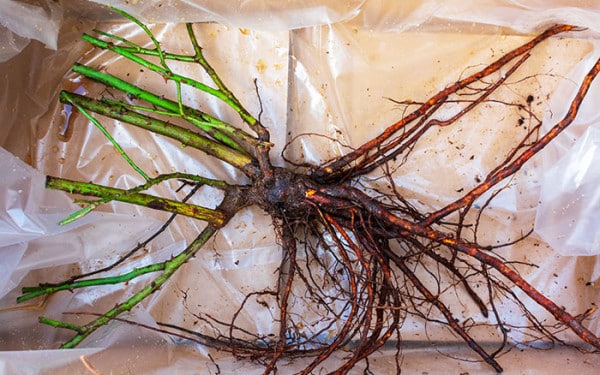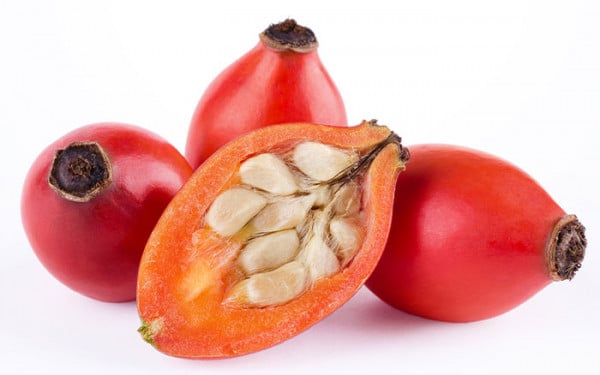There’s so much joy in growing roses in the garden, but to grow the best roses there are sometimes many questions about the best care. Whether you’re wondering about planting, caring for, or pruning roses, this FAQ will help you to grow healthy roses.
Why is the new growth on a rose plant dying?
When it comes to new and tender growth dying, there are a few reasons why this may be happening. Pests, disease, or root damage are three of the top contenders when it comes to troubleshooting roses.
- Pests – Inspect the leaves and check for holes, tunnels, or evidence of little pests.
- Disease – Blockage of the tissues can occur if the plant is impacted by fungal or bacterial pathogens. Due to this, the leaves can’t get the necessary moisture or nutrients, so new growth is affected.
- Root damage – Too much water or fertiliser can lead to root damage. If fertiliser builds up and kills small or large sections of the roots, this can lead to even less roots to take up the mass of fertiliser, therefore making it hard for the plant to access the food.

How to develop healthy roots
With roses there are anchor roots that can be seen when planting a bare root rose. These are long and thick and support the plant until the thin and more fibrous roots grow. These thinner roots are feeder roots which are the ones that absorb air, water, and nutrients from the surrounding soil. The feeder roots are more fragile, so need a light, moist but well-drained soil to grow best.

When’s the best time to order bare root roses?
Bare root roses are ones that are bought or delivered without the soil around their roots as they have been dug up directly from the growing field rather than grown in containers.
They are available to buy between November and March and can be ordered through mail order. What’s more, they are good value for money, meanwhile they tend to have a wider spread of roots compared to container grown roses.
Winter or the dormant season (November to March) is the ideal time to plant roses, giving them plenty of time to establish.
When they arrive, the roses don’t need to be planted immediately. Instead, temporarily plant them into a container with damp compost where they will happily wait until they are planted out into their final position.

Are roses perennial?
Perennial plants are ones that flower year after year and tend to get bigger each time. Over winter the stems die back, but the roots don’t, so the plant can regenerate each year.
Roses count as perennials as they continue to flower year after year.
How to grow roses from seed
This may not be the quickest method of propagation, but it’s possible.
To get hold of the seeds, the rose hips should be left on the plant to fully ripen. Come autumn they can be cut off and cleaned, before cutting them in half to remove the seeds. Mix a little diluted bleach into a container and add the seeds – this will kill off any bacteria and fungus. The seeds can now be rinsed before the next part of the process which is stratification.
Stratification refers to a period of cold, moist storage to aid germination. Placing the seeds in the fridge for 6-10 weeks can give them a bit of encouragement to sprout when they are planted out. Place the seeds on a paper towel and moisten it with water and peroxide to prevent mould growing.
Alternatively, plant the seeds in a tray full of peat-free potting mix and placing the tray in a plastic bag and place this in the fridge instead. Keeping the tray in a plastic bag will help to keep the compost moist.
To sprout the seeds, remove them from the fridge and place in a warm environment. Once they’ve sprouted, they can be potted up into individual pots. Use a spoon or other clean tools to transplant so the roots aren’t touched.

How can I revive overfertilised roses?
Overfertilising roses can result in plants with lots of leaves and foliage with shoots that don’t develop into blooms, and generally weaker plants. This is because there is too much nitrogen which boosts the foliage production.
If you’ve overfertilised by spilling fertiliser, granular or liquid, scoop up as much as you can. However, if you’ve overfertilised and it’s soaked up by the soil, the best thing to do it so to continue to flush the soil with water over the following few days to dilute the fertiliser. After this, let the compost dry out slightly to avoid root rot.

Why do roses have thorns?
One of the characteristics associated with roses is the thorny stems. The thorns, or prickles, on the stems are outgrowths from the epidermis. It’s thought that roses have prickles to protect them from animals who are drawn to the sweet aroma of the flowers.
It’s also said that the prickles on roses serve another purpose. The prickles tend to turn downwards, so when roses climb over other plants they hook and anchor into them for support so the roses can grow and make the most of the sunlight.

Hopefully this rose FAQ has helped you to grow better roses. Let me know any more questions you have about growing roses in the comments or over on Twitter, Instagram, or Facebook.
David Domoney is a Chartered Horticulturalist, Broadcaster, and Author. David has worked with a number of the UK’s leading garden retailers as a plant buyer and strategic consultant. With more than 30 years experience, in horticulture, David is as passionate about plants now as he was when he bought his first plant at a village fete.







Leave A Comment